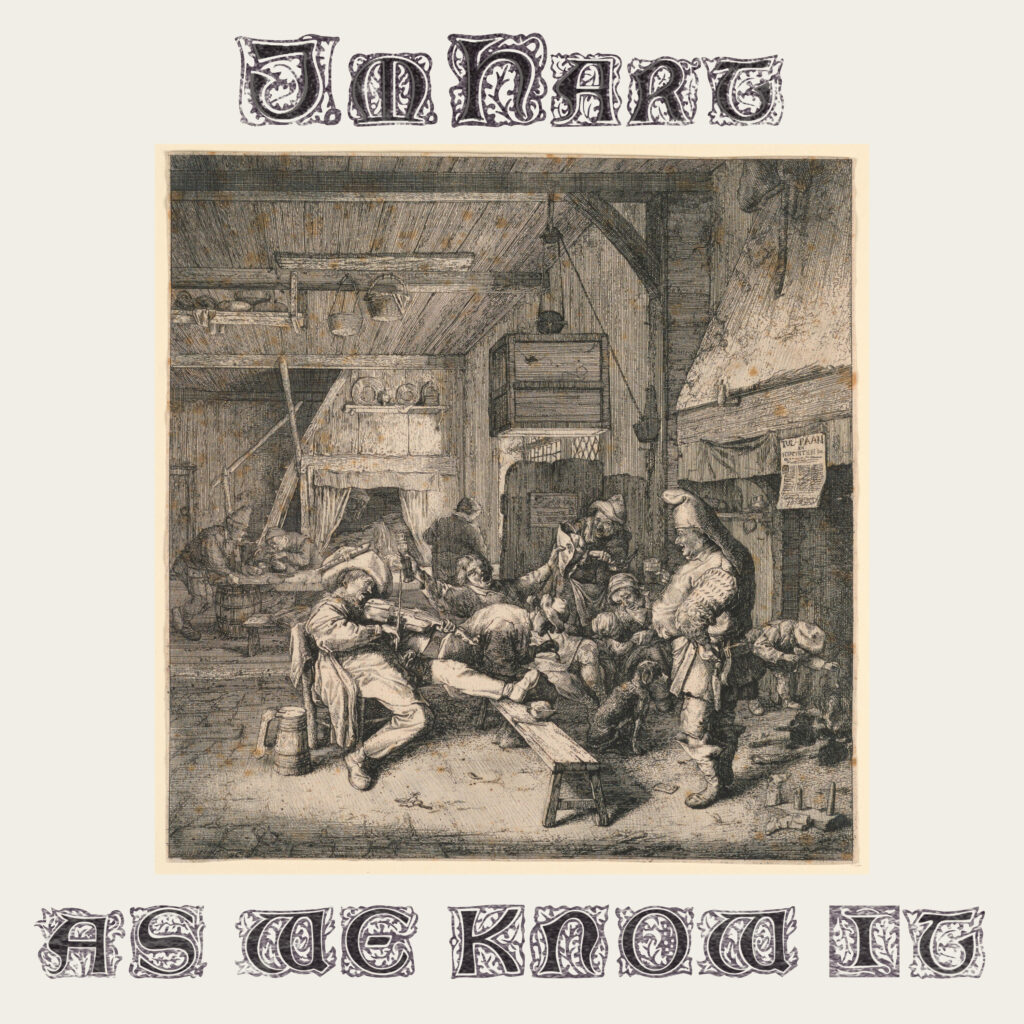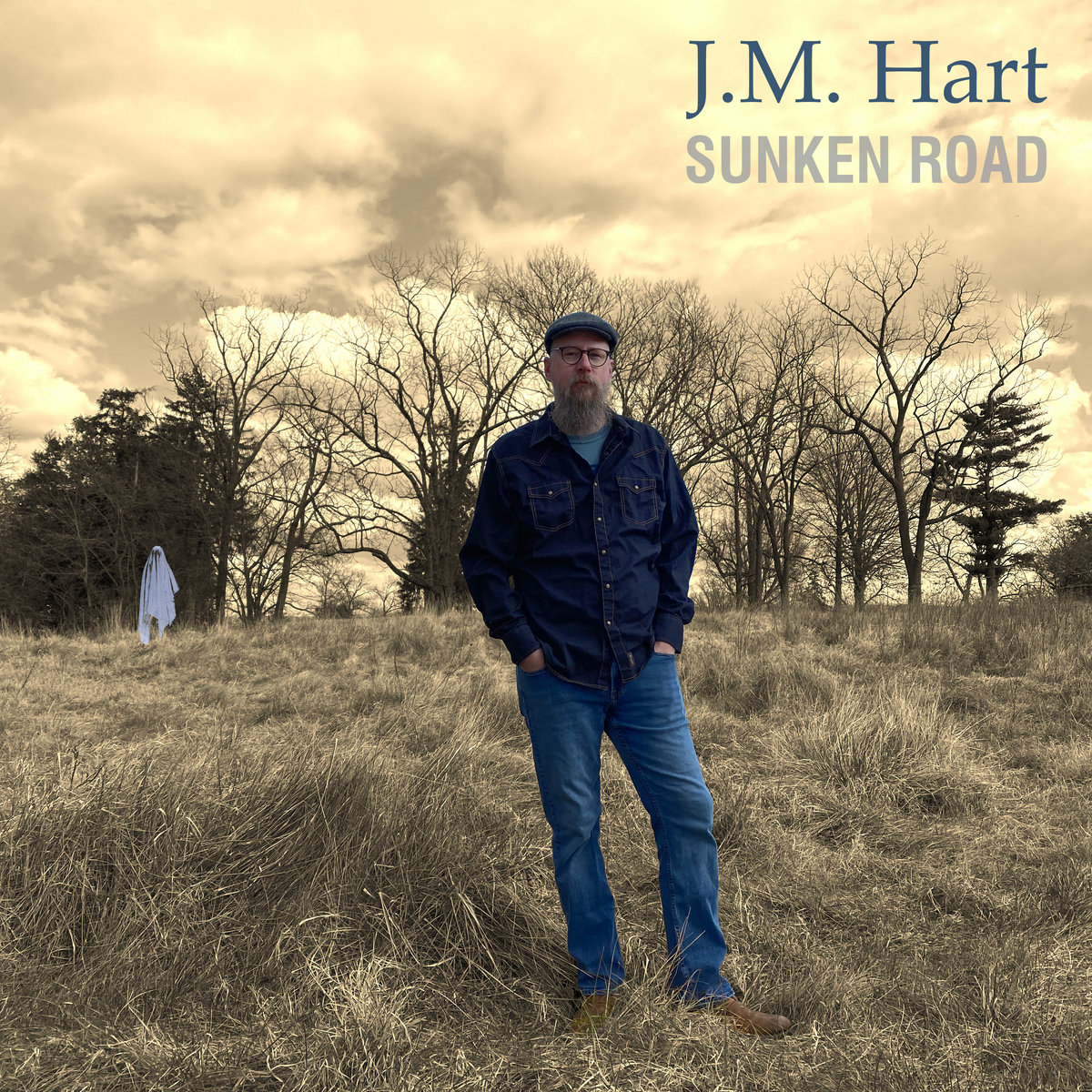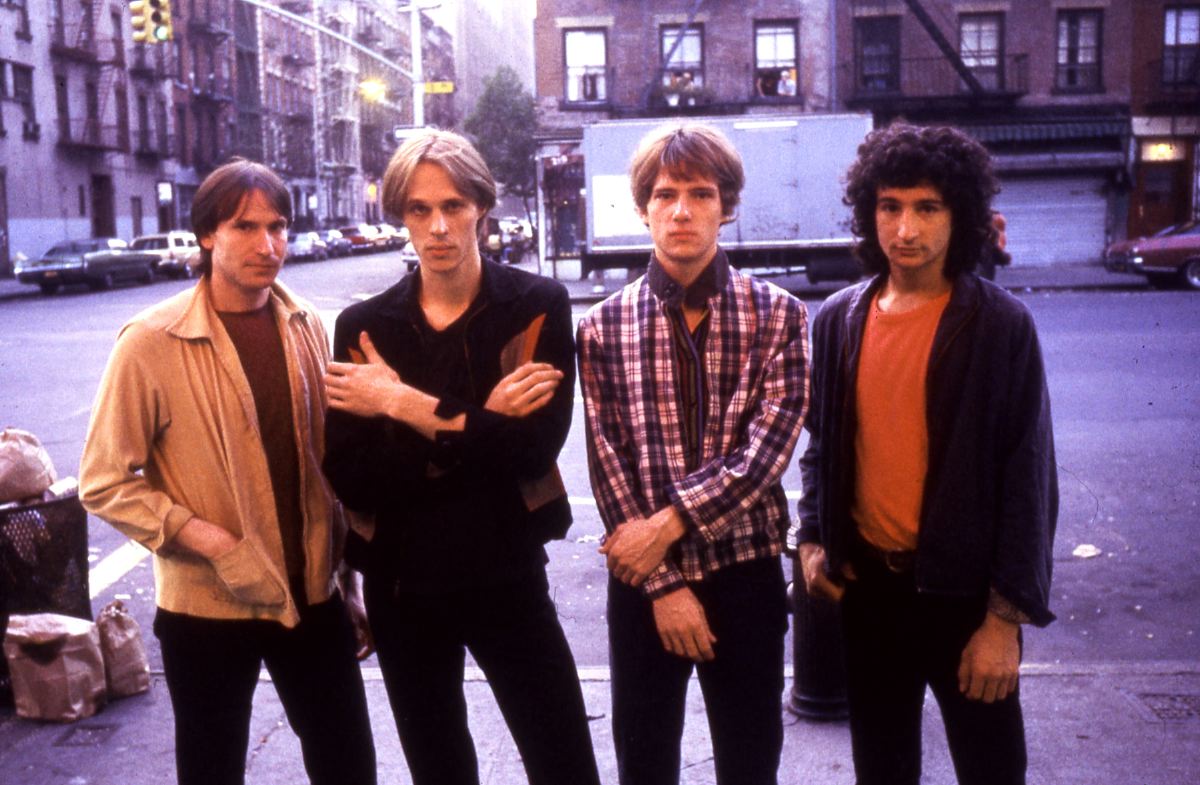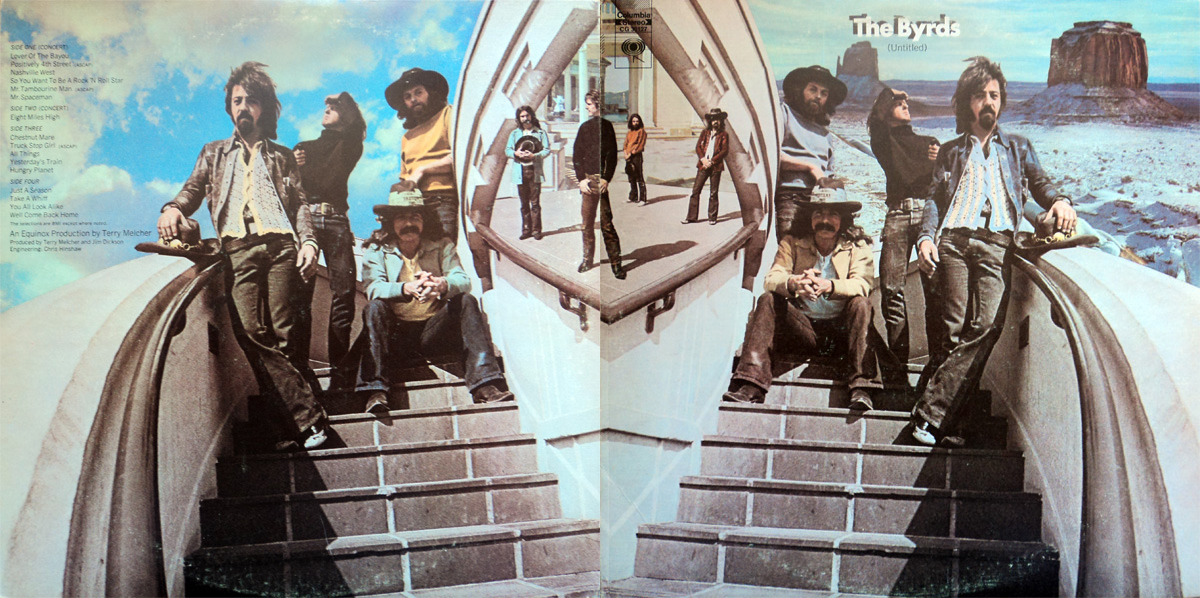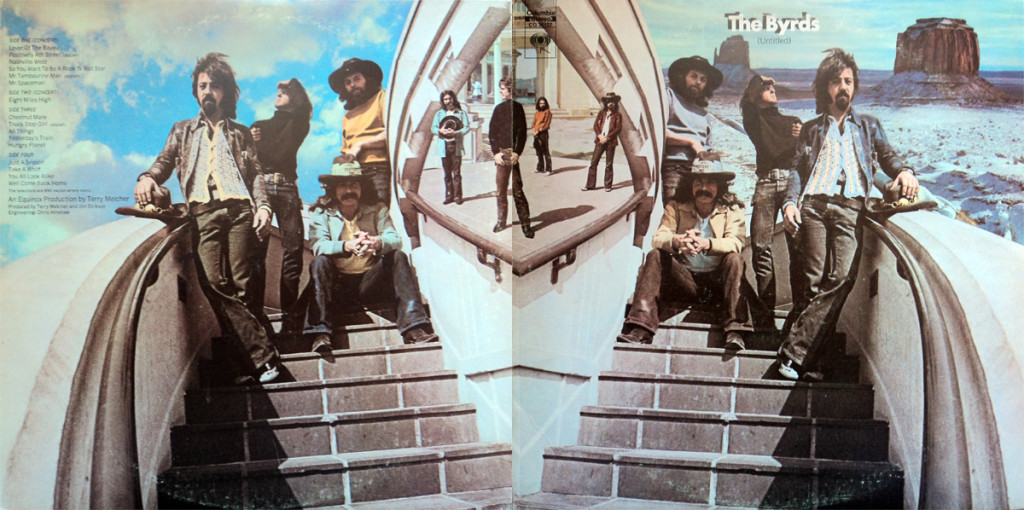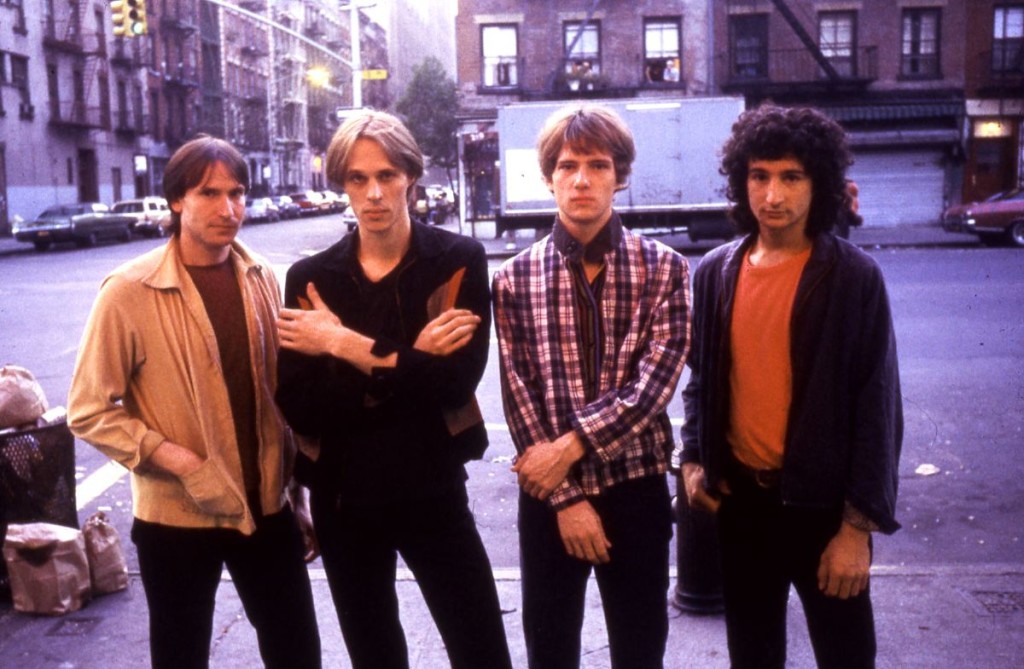
Television, First Avenue NYC 1977
I was turned on to Television in my record shop clerk days by my full-time co-worker and part-time music mentor, Tom S. The band was engaged in a comeback and when their new CD came through, Tom put it in my hands.
“You need to hear this band.” I looked at it. Rykodisc, boring black & white cover, nothing made it stand out. Besides, I was knee deep in my Jazz and Grateful Dead roots studies.
I asked, “Why?”
“This is their new thing which is okay but after you listen to this you’ve got to find their other stuff because it’s basically punk rock with guitar solos. You’d like it.”
“I thought punk rockers hated bands with guitar solos,” I said.
“Listen,” he said.
I took it home and, sure enough, he was right. At a time when I could hardly be drawn to anything with distortion that wasn’t Jimi Hendrix or a shockingly aggressive version of Grateful Dead’s space jamming, I found myself drawn to a punk band. This opened my eyes to the overlapping genres of punk/art punk/garage rock and so much more. Television connected the dots and “Marquee Moon”, though not my favorite Television song¹, it’s definitely the one that changed me.
In 1977, the Grateful Dead played one of their most renowned shows in Ithaca, New York. In New York City, punk rock had broken and was oozing like a blister on the face of rock music. The art crowd had pushed their way into the scene as they always do and groups like The Talking Heads and Patty Smith were leading the way. Television, founded by Tom Verlaine and school chum, Richard Hell, had been around for a couple of years. Hell, it seems, cleaved more closely to certain punk aesthetics including that not mastering one’s instrument and, in ’75, left to form his own group. He was replaced on bass by Fred Smith and from there, things got serious.
In February 1977, “Marquee Moon” came out as a double sided 7″ (it’s far too long for only one side) as well as the title track for the group’s debut album where it clocked in at an unheard-of-for-punk-rock ten minutes. Over several years of on-stage development and a previous studio effort² in the song grew in complexity to become a series of killer riffs and extended solos. Richard Lloyd takes the first solo and Verlaine takes the second with Lloyd’s distinct and creative rhythm playing serving as a dynamic foil along the way.
But the song didn’t peak with the album release. Later live versions (Television was, sadly, not as well documented as a Deadhead would like) include the 14+ minute version found on the album “The Blow Up” which stretches the song to new limits and reveals what Lester Bangs meant when he compared Verlaine’s playing to that of Quicksilver Messenger Service’s John Cippolina.³ In some of the longer versions, the band slows and shifts gears for new and varied ideas to emerge from the solos. This is where the true listening is happening. The band stays together as the soloist draws in new ideas changing the face of the song and then, with a cue from drummer Billy Ficca, they swing back into the ascendant closing groove.
Here collide the raw nerves of punk, the desire to experiment with the form and nature of that genre, and the exploratory drive of without-a-net jamming. It was this that hooked me. Twenty years later, Television remains a favorite.
¹: “Elevation” and “The Dream’s Dream” battle for that title.
²: On the Brian Eno produced demo from 1974, the song clocked in around 7 minutes.
³: See Lester Bangs’ “Free Jazz Punk Rock“.
